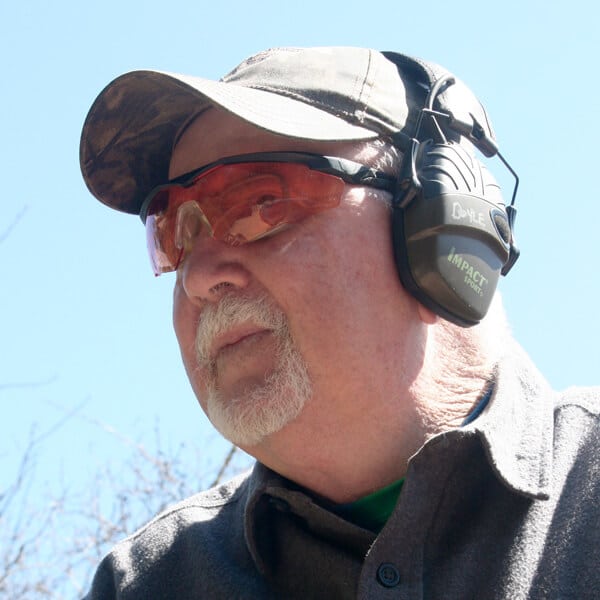This Is How You Would Lose a Gunfight
December 7th, 2023
6 minute read
Over the years, many individuals have tried to come to terms with and describe what is generally known as the concept of the “combat mindset”. When you face a deadly threat, exactly what sort of mental focus is needed in order for you to survive?
While there may not be a magic formula that will work for everyone, mental conditioning for conflict resolution needs to address two areas. The first is awareness. If you don’t have a clue as to what is going on around you, you will be at a serious deficit in dealing with any sort of threat in your immediate environment. To meet with success, you also have to be willing to respond.
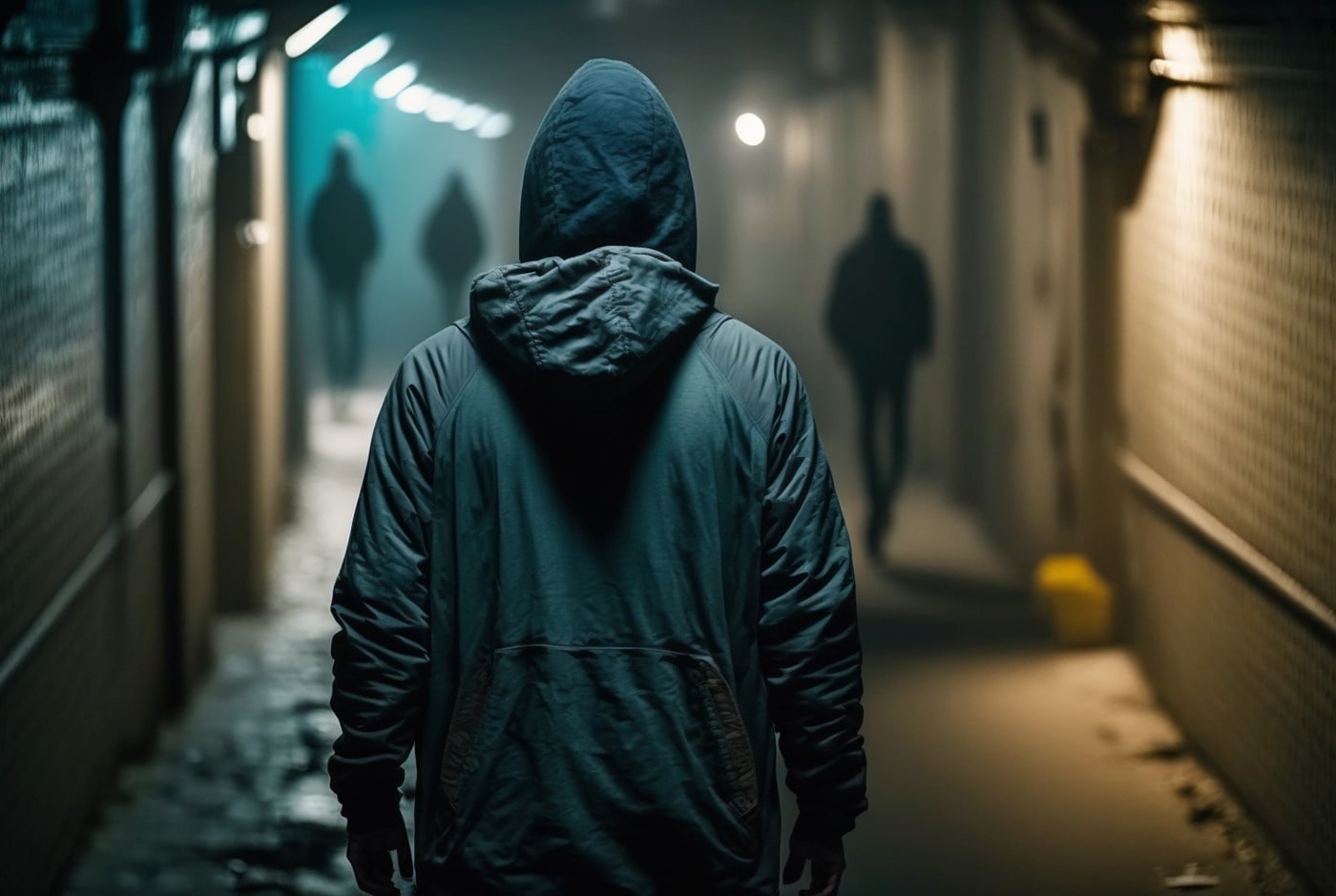
John Steinbeck nailed it many years ago when he said, “The final weapon is the brain. All else is supplemental”. Quite frankly, if your head isn’t in the game, you will lose. This is true both in armed and unarmed combat. Many well-intentioned folks tend to put a disproportionate emphasis on equipment and skill, but forget about the need for proper mental preparation. At best, your firearm is an extension of your will. It simply doesn’t matter what sort of gun you have or the fact that you have a high degree of proficiency if you don’t see a threat unfolding, or you fail to take action you are at serious risk.
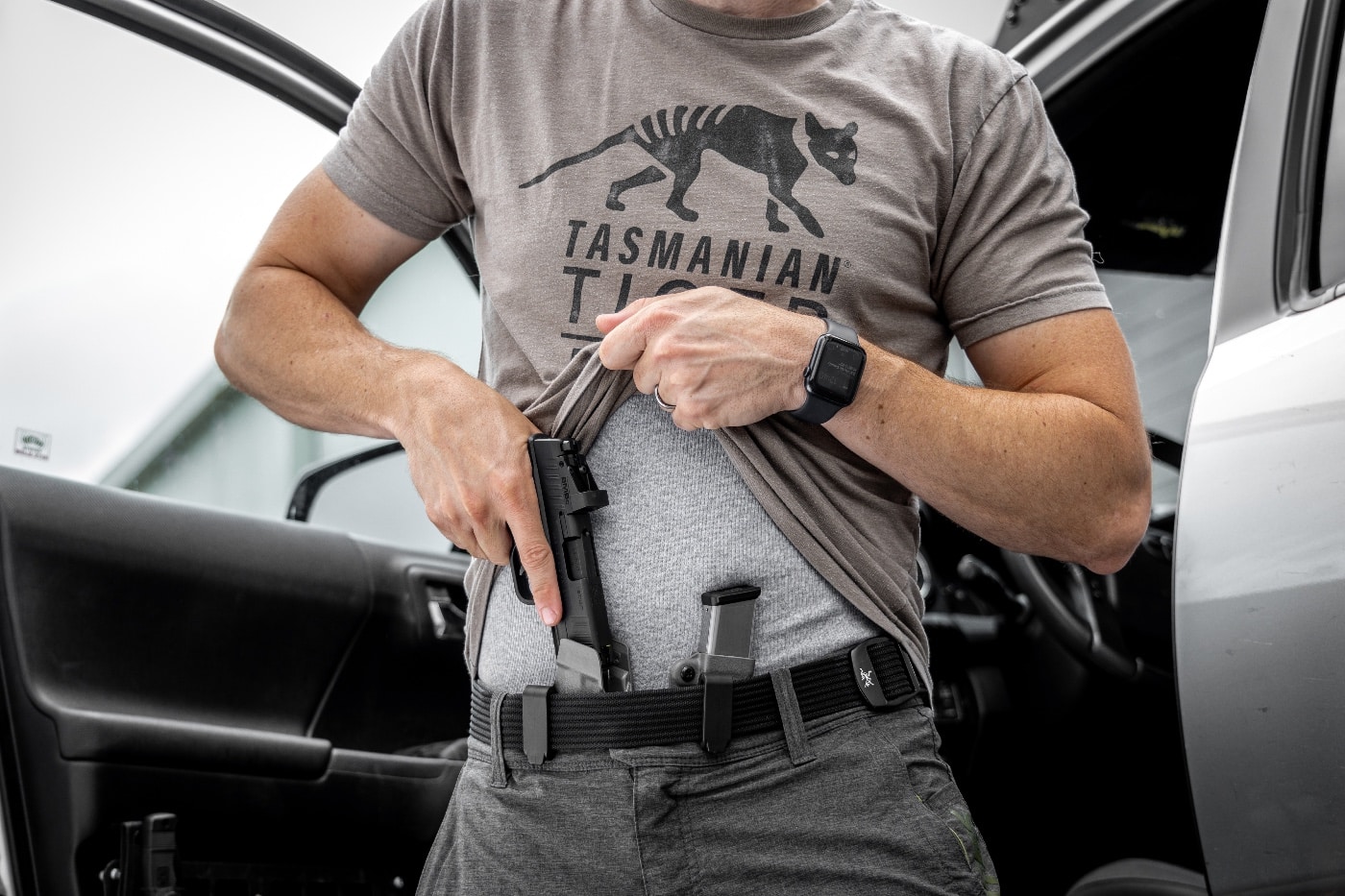
I put in a long career as a law enforcement trainer, and one of my tasks was providing instruction on use of force, including firearms. It was my observation that in some of the police academies I worked at that there was a great emphasis on the mechanical aspects of running the gun, but very little on the mental side of the equation. More recently, force-on-force, scenario-based training that helps address this has become more popular, but we still aren’t there yet. I found that I had to take a somewhat different approach to my own in-house training with new recruits.
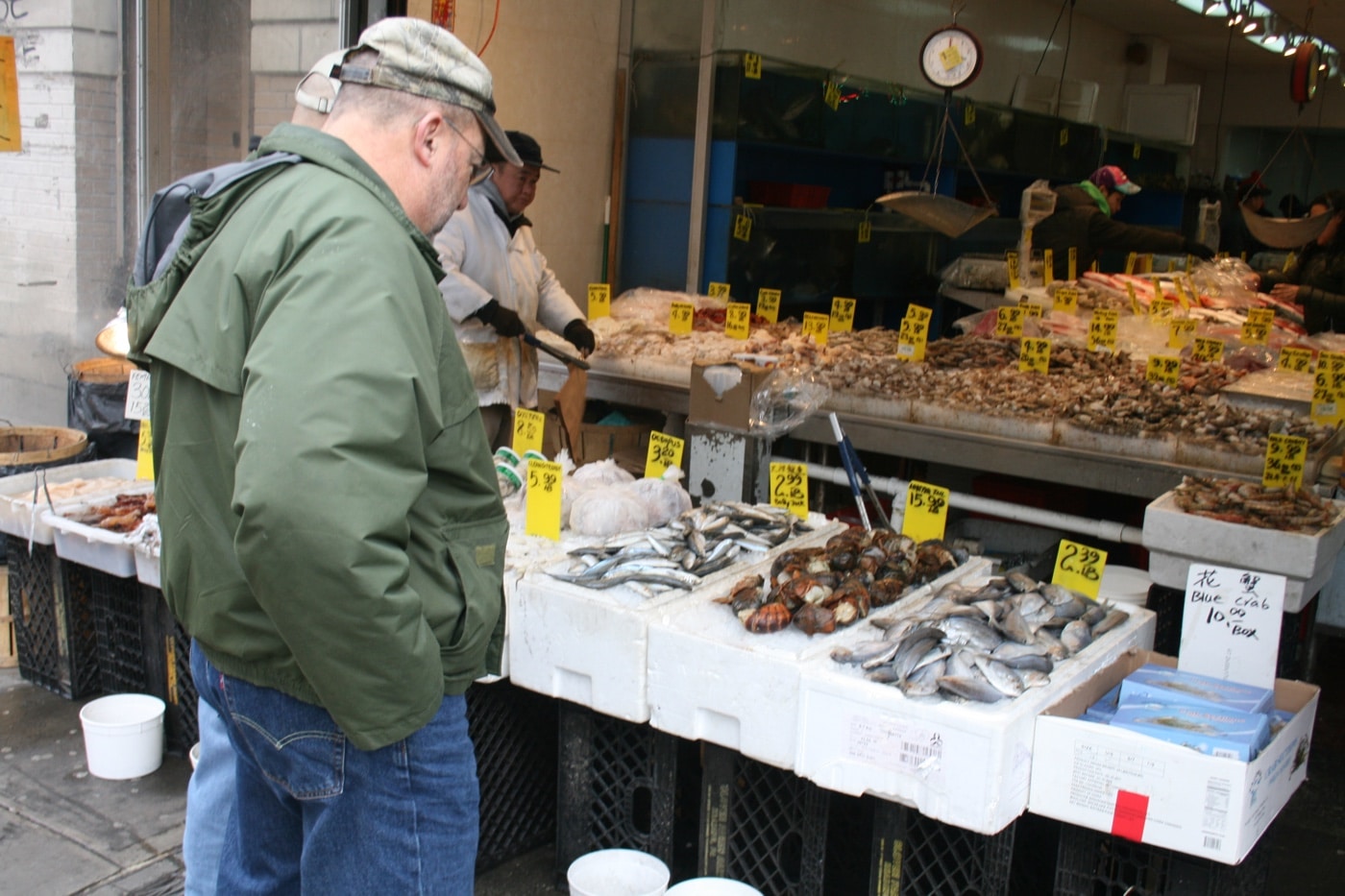
Exactly how do you take people who were butchers, bakers, and candlestick makers just a few weeks ago and turn them into someone who could prevail in a life-or-death situation? My goal was not to turn them into paranoid “warriors”, but rather to keep them “switched on” to the business at hand while giving them the tools to prevail. I felt that by providing confidence in their skills, their minds would be more focused on what is unfolding before them and lead to correct decisions.
Switched On
As indicated earlier, awareness is the key to conflict resolution. One model often cited is Colonel John Boyd’s OODA loop, which is an acronym for observe, orient, decide and act. I would submit this is a much-simplified version of Boyd’s original concept, which evolved from his experience as a Korean War fighter pilot. But, it remains very relevant to any form of personal conflict. In short, Boyd reasoned that the pilot who was able to cycle through this process the fastest was likely to be the victor. In other words, the sooner you spot the problem and put your plan into action, the better chance of prevailing.
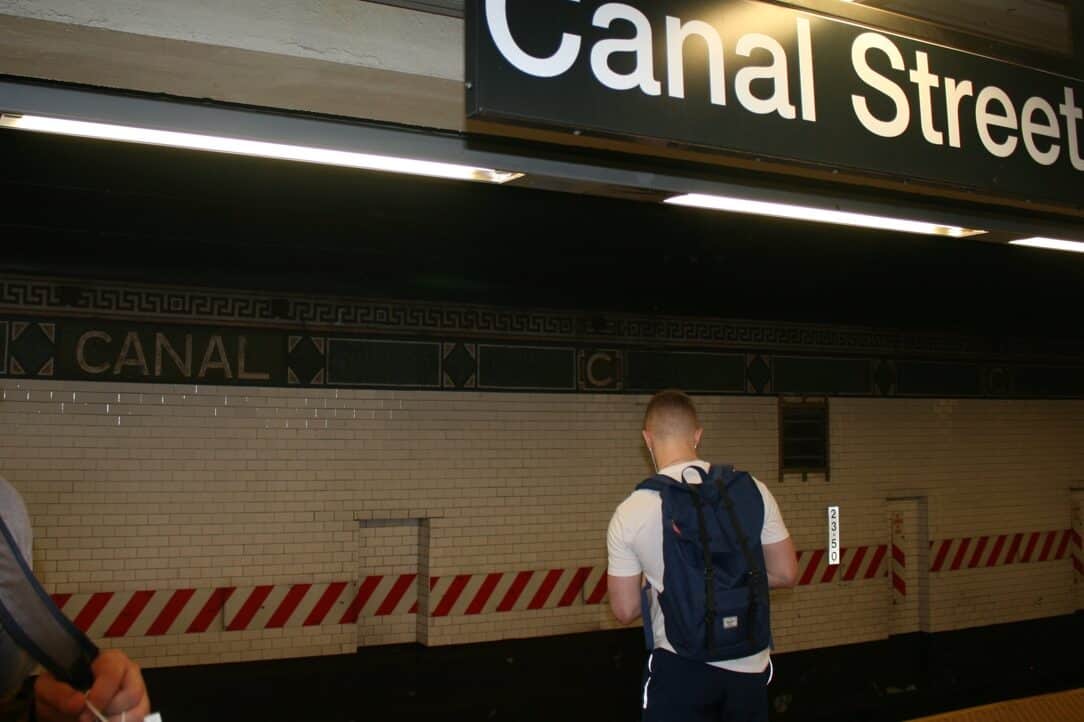
Say for example, some night you spot an individual walking toward you on a deserted street, and they are making you a bit nervous. To avoid contact, you cross the street to the opposite side only to note this guy does the same thing as he continues to close the distance. Is it just a coincidence? What do you do now? Do you run away, move your dominant hand to your holstered pistol, or discreetly access a less-lethal weapon? The bottom line is, you had better have a plan. I would submit that many street encounters unfold in the blink of an eye, but a great many can be entirely avoided if you are tuned into your surroundings.
Situational Awareness
A very popular model of situational awareness is the Color Code conceptualized by Colonel Jeff Cooper. With the Color Code, Cooper describes four different mental states and how they might impact on one’s ability to react to a threat. They are as follows:
- Condition White: You are totally relaxed, unaware and oblivious to what is going on around you.
- Condition Yellow: You are relaxed, but alert. Should something not look right, you will pick it up.
- Condition Orange: You are locked into someone or something that could be a potential threat.
- Condition Red: The mental trigger is about to be tripped. If this person moves any closer or makes an aggressive move with or without a weapon, you will respond with the appropriate measure of force.
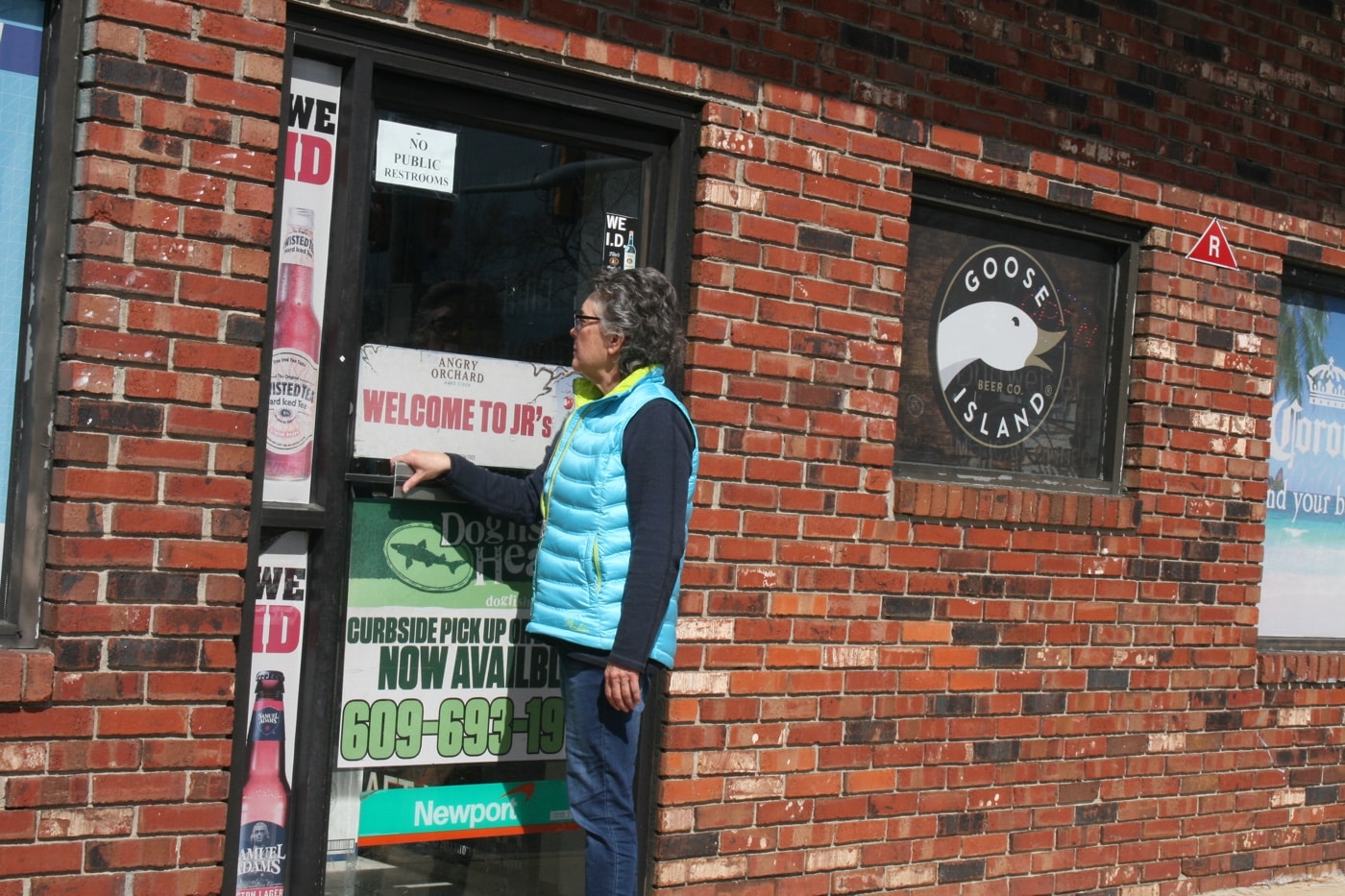
Some individuals and training institutions have modified or described the Color Code slightly differently, but for the sake of simplicity I prefer the original format. The bottom line is we cannot go about modern society and not be tuned into what is going on around us.
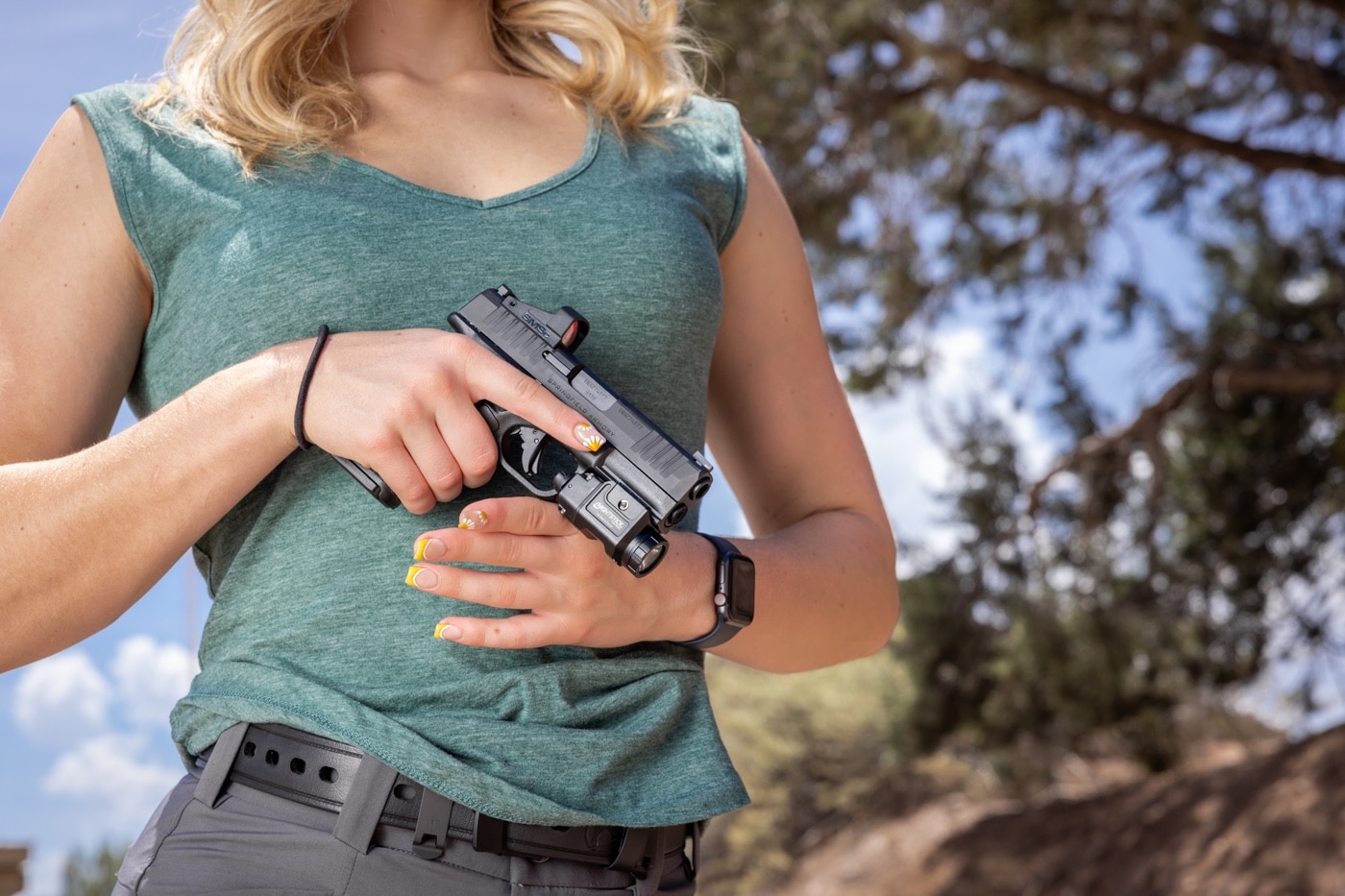
A common notion is that we need to maintain a constant state of Condition Yellow. That would be nice, but I’m afraid it is impossible. Don’t believe me? Has a neighbor or acquaintance approached you unseen in the grocery store while you were checking out an item? If so, you have slipped out of Condition Yellow. But what we can do is maintain a high degree of alertness in situations where it really matters.
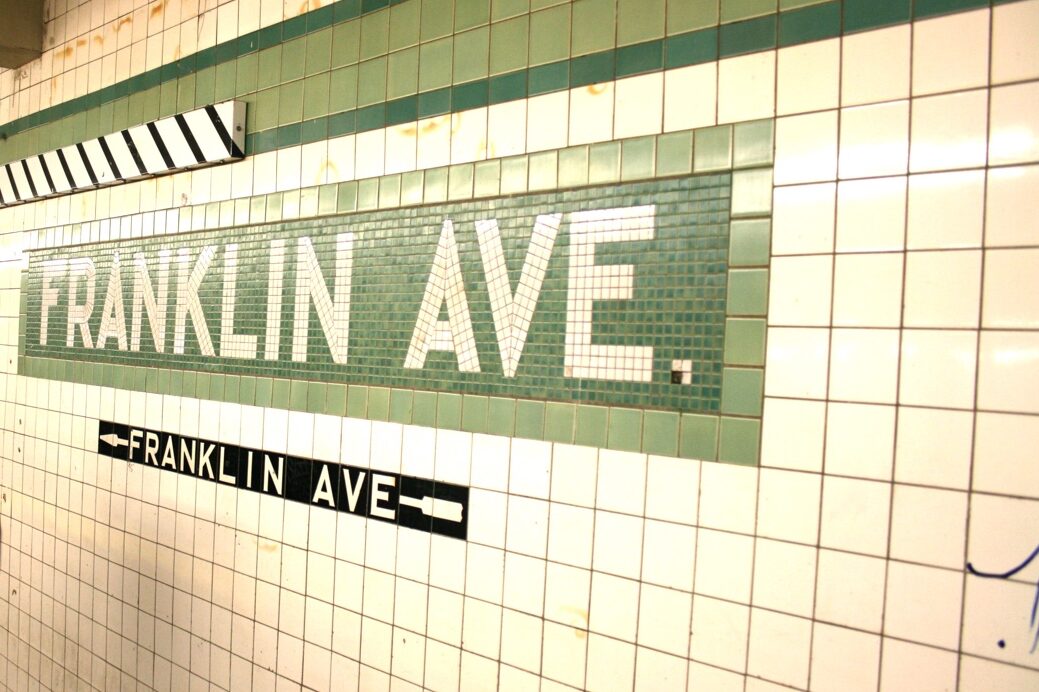
Recently, my wife and I were riding in a crowded subway car when we noted everyone in close proximity had a hard focus on their cell phone. The only exception was a young woman who was studying a medical journal equally intensely. What would their reaction be if they had to respond to a fast-breaking threat? I suspect they would be frozen in fear and unable to react.
Certainly, an environment with a higher probability of potential threats requires your full attention. Back on my job, I was acutely aware of where people were when interacting with them, no matter how friendly they might appear. Suffice it to say, my mental focus is a little different in my backyard swimming pool. Quite simply, we have to be tuned in when it counts. For example, I always take a quick look through the door before stepping into the bank or convenience store, as the last thing I want to do is walk into an armed robbery.
Prepared, or Paranoid?
I have carried a concealed firearm on my person for well over 40 years. Does that mean I’m expecting trouble? Not really, because if I did I simply wouldn’t go there. Recent events tell us that danger can manifest itself in a blink of an eye in places we thought safe such as theaters, houses of worship, bowling alleys or on a train. I would submit that you could save yourself a lot of heartburn by avoiding areas you know to be problematic.
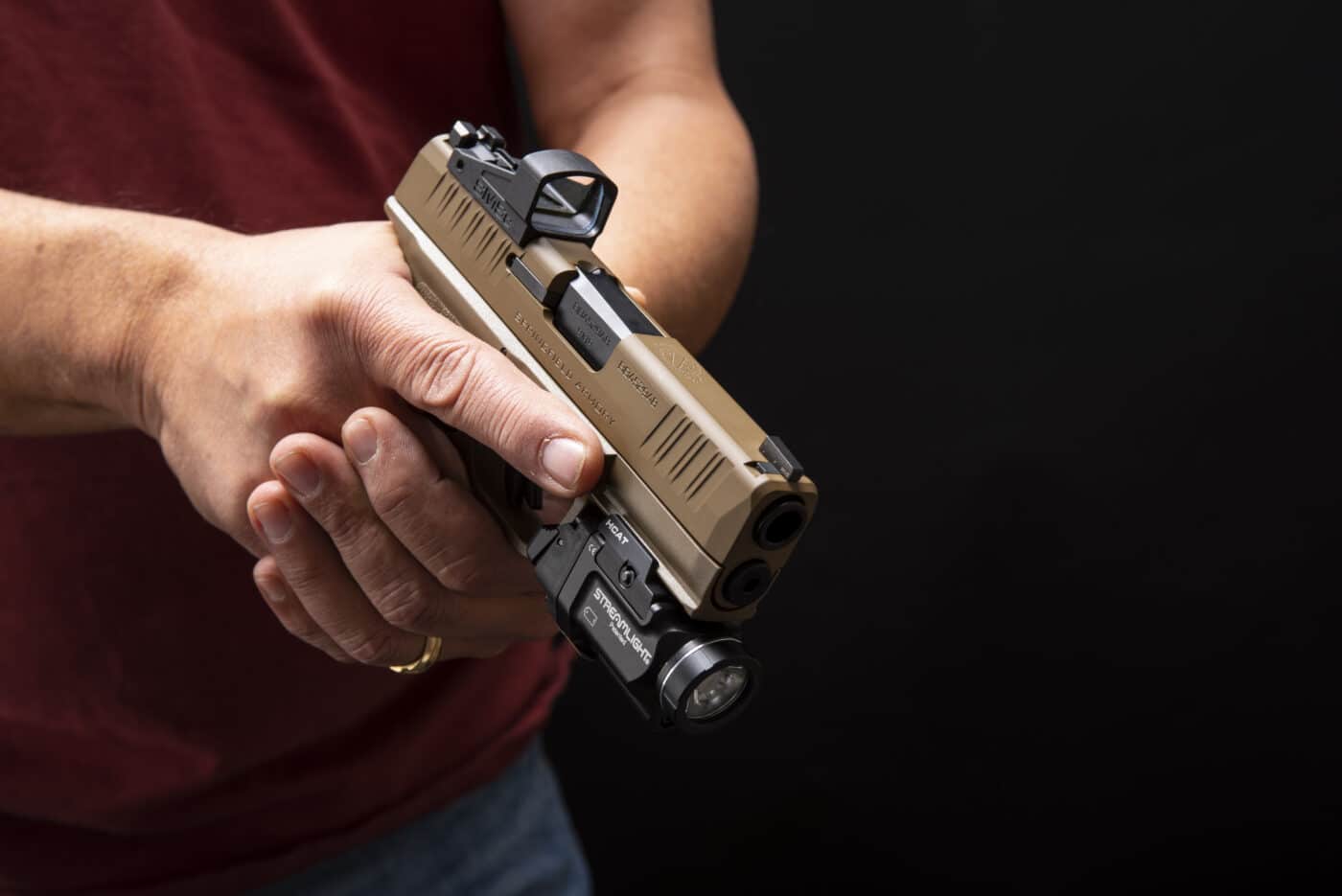
Say you find yourself in a dangerous situation that could not be avoided. Have a plan and stay tuned in. If things were to get crazy in the next few seconds, what would you do? Can you react, or escape? Clearly, your chance of meeting with success is much greater when you are keenly aware of your surroundings.
Editor’s Note: Please be sure to check out The Armory Life Forum, where you can comment about our daily articles, as well as just talk guns and gear. Click the “Go To Forum Thread” link below to jump in and discuss this article and much more!
Join the Discussion
Featured in this article
Continue Reading
Did you enjoy this article?

 896
896






